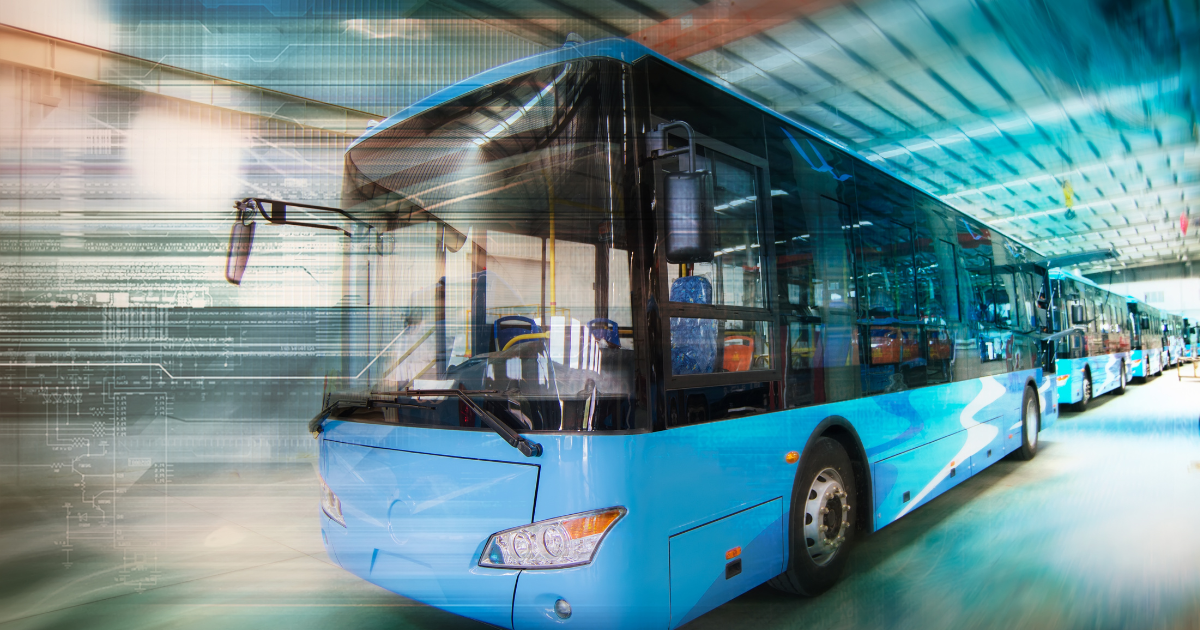
Last summer, transit industry discussions focused on the massive potential of the Bipartisan Infrastructure Deal – a proposal that would infuse hundreds of millions of dollars into our nation’s transportation systems. In November, the deal was signed into law. Six months later, transit providers are thinking to themselves, “Now what?”
The good news is that the funding is coming. The bad news is that it could take another six months or longer for transit agencies to see it. There are a number of hoops that states and cities must jump through before specific agencies can get their hands on the funding, and this trickle-down effect – as with most things coming from the federal level – takes time.
However, this does not mean that agencies should simply wait around until they receive the funding. Here’s how transit agencies can get started today to ensure they’re prepared when the money finally hits.
First, engage with the community to identify immediate areas for improvement.
Public transportation is a community service and, therefore, transit providers need to gain buy-in from the people they serve. By making it a point to engage with current and prospective riders, agencies can gain real-time feedback to understand the biggest gaps in their systems and opportunities to close them in order to make transit more equitable.
This is even more important as these projects often require local match dollars in addition to federal funding. Securing community buy-in on the capital side will ensure that projects will actually come to fruition.
Community engagement can take many different formats, and we recommend employing multiple activities to truly gain a comprehensive view of community feedback:
- In-person town halls. The traditional way of gaining feedback from the community is at regular city or town meetings, where residents can come out and voice their concerns or support for various causes. This is a great place for initial conversations to start; however, this shouldn’t be used as the only touchpoint for gaining inputs. Oftentimes, these types of meetings can exclude certain members of the community that live far away from the city or town center, have physical disabilities that inhibit them from getting to the meetings, speak different languages, or simply don’t feel comfortable in this type of group setting.
- Virtual town halls. The pandemic has pushed many town hall-style meetings online, which broadens opportunities for more community members to take part in these discussions. On the flip side, some residents aren’t able to access internet-connected devices or broadband to be able to participate, which can exclude critical members of the community.
- Boots-on-the-ground surveys. To engage and receive insights from all types of residents, agencies may need to go through the process of manually asking these questions. They can send out staff to poll folks entering or walking around local transit stops as well as those in areas where the agency is considering expanding their system. Facilitating these one-on-one interactions can ensure that agencies are equipped with a breadth of insights to understand current gaps.
Armed with this real-world feedback, transit agencies can make informed decisions about how they must upgrade and improve their systems to align with critical community demands taking shape today.
At the same time, they must also start preparing for the transportation needs of tomorrow.
Next, strategize to prepare for the future of public transit.
The Infrastructure Law included dedicated funds for transit technology and innovation, specifically related to research and development of electric vehicles (EVs). Electrification is a huge priority for the Biden Administration and the transportation space as a whole – our future literally depends on it. Getting there will require local agencies to determine how EVs will fit in their communities and transit systems.
It’s not just a matter of buying and deploying electric fleets, but starting to wrap our heads around how we can redesign cities to accommodate these vehicles in the years and decades to come. EVs require a whole new infrastructure for charging vehicles and these stations must be readily available throughout a region in order to give vehicles “fuel” whenever they need it.
The good news is that public transit systems aren’t the only ones that will begin investing in this infrastructure. EVs are the future of every entity operating transit – from college and school buses to corporate campuses to airports and more. We can expect to see partnerships between the public and private sector to spread costs and justify the huge investment in electrification.
Getting started.
As transit providers make plans to use federal funds for system upgrades – from expanding their routes to beginning on their electrification journeys – they can’t do it alone. Collaborating with transit experts, such as our Planning & Design Services team, will ensure they’re doing the necessary research and analysis to optimize their systems for the transit needs of today and tomorrow.